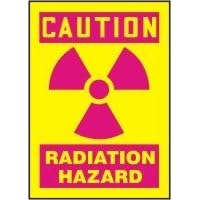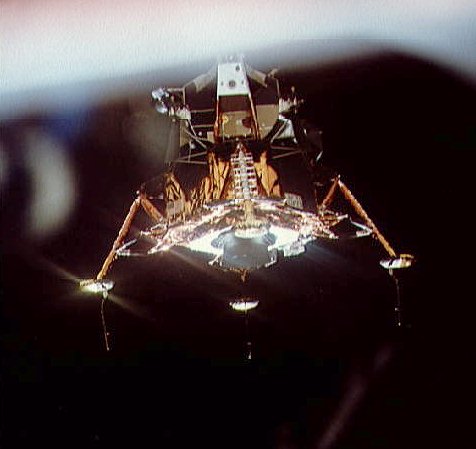Review: Adventures of Riley: Riddle of the Reef by Amanda Lumry and Laura Hurwitz
Posted in Environment, Review, Science on September 19th, 2009 Adventures of Riley: Riddle of the Reef by Amanda Lumry and Laura Hurwitz, Scholastic Press, ISBN: 978-0-545-06847-5, $16.99 US, $21.99 Canada (Hardcover, there is also a paperback version).
Adventures of Riley: Riddle of the Reef by Amanda Lumry and Laura Hurwitz, Scholastic Press, ISBN: 978-0-545-06847-5, $16.99 US, $21.99 Canada (Hardcover, there is also a paperback version).
Riley flies out to Australia to help Aunt Martha, Uncle Max, Alice, and Wyland find out what’s killing off the coral of the Great Barrier Reef. The set up of having Riley join them allows the authors to provide informational and scientific data within the context of the story as Riley asks the questions that most nine-year-old boys would ask about what is happening and what he’s seeing. Alice appears in the illustrations and seems to be the same age as Riley; but has no part in this story other than being there. Aunt Martha has only a few lines. It’s Uncle Max and Wyland who provide information, instructions, and work with Riley. I would have felt more comfortable with the females of the expedition also being more active in the imparting of knowledge rather than simply adding gender balance.
In the context of a story there’s not much here. But as a source of information about the Great Barrier Reef and Coral Bleaching, packaging the information in an adventure in which the young protagonist, Riley, gets to take part allows the authors to provide exposition in a more natural way than they otherwise could with standard fictional story. Here Riley is taking an active part but, because he’s young, inquisitive, and not trained — he becomes the sounding board for the adults.
While this lesson in environmental change and the destruction of the coral that makes up the Great Barrier Reef is easy to understand, given in small doses throughout, it does require that the reader or if read to, the hearer, to be moderately interested in the subject matter. The authors don’t tone down the information though they do use easily understood language and they also provide a Glossary at the end of the book.
The book is heavily illustrated with photos and art. The art is realistic and colorful and the photographs are matched to the text to help to make the material clear and to focus on what’s being imparted about the reef and coral. While having art on top of photographs is a bit jarring, it works in this context to keep some distance from the material, while having the immediacy of photography.
Using Wyland as a character in the book is a great way to appeal to children, many of whom will be familiar with his murals of sea life. We lived in Providence, Rhode Island for a while and one of his murals is visible from the interstate as you drive through. His realistic murals of undersea life and whale creates an instant connection for children who are familiar with his work.
The scientific information is given in two ways: as conversation/instruction or as insert/sidebars. The inserts/sidebars have a quote about coral, sea life, or some related topic and are fully attributed. I found this first one to be striking and memorable:
* A coral reef produces its own sunscreen, using the same chemical in the sunscreen that humans use.
* Corals are like tiny anemones or jellyfish. Over 3 million little algae live in their skin and produce energy for them to feed on.
* The Great Barrier Reef is so large, it can be seen from outer space!
— Tim McClanahan, Ph.D., Senior Conservation Zoologist, Wildlife Conservation Society.
In the end, our adventurers discover some of the issues that are destroying the reef and causing coral bleaching. The book ends with a few suggestions for what people can do to help slow the destruction.
This series has a website where you can get further information on this and other books about Riley’s adventures: www.adventuresofriley.com.
On the whole, I heartily recommend the book for a young person who wishes to know more about the environment, Australia’s Great Barrier Reef, coral, or the world’s oceans. The science is sound, though on a basic level, and matched to a young person’s understanding. Books on scientific topics are difficult to write for young people and these authors have done a wonderful job of balancing science information with a story narrative. If the reader has an interest in the core science area of the adventure, then they’ll enjoy the book.





